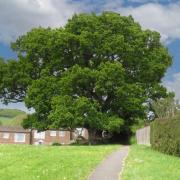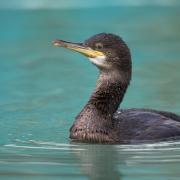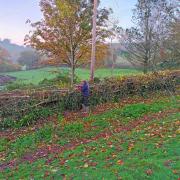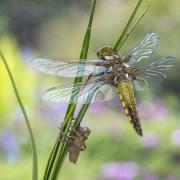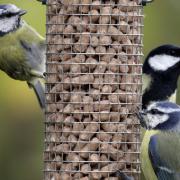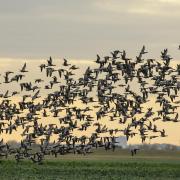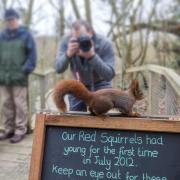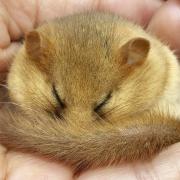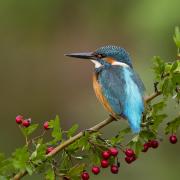Matt Parkins takes an inquisitive look at the wild side of Devon
Will we find one this time? Will there be more than one? Three times a year I ask myself these questions as I creep quietly through small woods and copses on the edge of Dartmoor.
It’s been raining this week – and that’s just one of the challenges for the small mammals that use our nest boxes. Frequent downpours reduce foraging opportunities.
For me it started several years ago when I became a founder member of a volunteer group surveying for the National Dormouse Monitoring Programme and, after all this time, the excitement of seeing those sparkling eyes peering from the darkness never dies away.
It can be frustrating though. Squatters in the guise of blue tits, wood mice, pygmy shrews or even bees find refuge in our boxes, but today we are looking for the hazel dormouse. This endangered creature clings to life with skill and determination.
I sometimes wonder why dormice choose to live here, in these woodlands on the fringe of Dartmoor. High altitude and unpredictable weather threaten their survival, and yet the irrepressible creatures live on. As hibernators they need to gain weight before the long winter sleep, but that isn’t always easy thanks to our fickle climate. Hazelnuts are the favourite food for dormice.
Occasional discarded shells, skilfully opened with characteristic tooth marks, tell me that dormice live here. No nuts? How about a tree flower, an unsuspecting caterpillar or a few berries?
Since coming face to face with these little friends I can’t help admiring their resilience and creativity. But what really sets them apart is their ability to become torpid, slowing down to a point where they are neither hibernating nor awake, curled in a tight ball with furry tails over their heads. They tend to live longer than other small mammals; maybe five times longer than a wood mouse, so could this be a lesson for us? Save energy, burn fewer calories, rest for the winter, wake up, climb trees, find food and get warm again.
I feel privileged to be permitted to handle these creatures and I can get quite attached to individual dormice and their families; willing them to get safely through the winter. At great risk to herself, one of our females had a late autumn litter of four last year. She left it rather late. Will they make it through the winter? I don’t know, but I can’t wait for spring to find out if they manage to cling onto their life on the edge.
Licensed dormouse survey volunteers in Devon, and across the country, continue their methodical work and provide data for the National Dormouse Monitoring Programme. The data is sent to the People’s Trust for Endangered Species and used to assess the health of dormice across the country which, in turn, provides a picture of the health of our woodlands.






